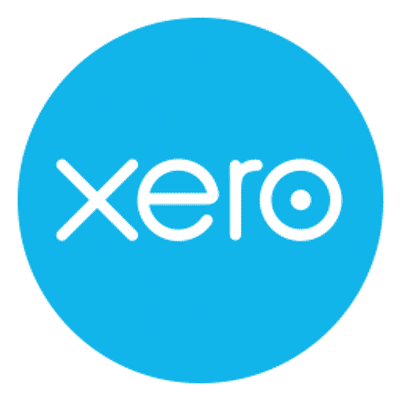Certify is a Accounting Software. Certify offers Accounts Payable, Bank Reconciliation, Billing and Invoicing, Expense Tracking, Multi-Currency and many more functionalities.
Some top alternatives to Certify includes Xero, Sage Accounting (Sage One) and undefined.
No, Certify doesn't provide API.
Yes, Certify provides a mobile app.
Certify is located in Maine, United States
Certify offers Free Trial, Subscription, Quotation Based pricing models
The starting price is not disclosed by Certify. You can visit Certify pricing page to get the latest pricing.





/logo_1622728934.296577.png)


